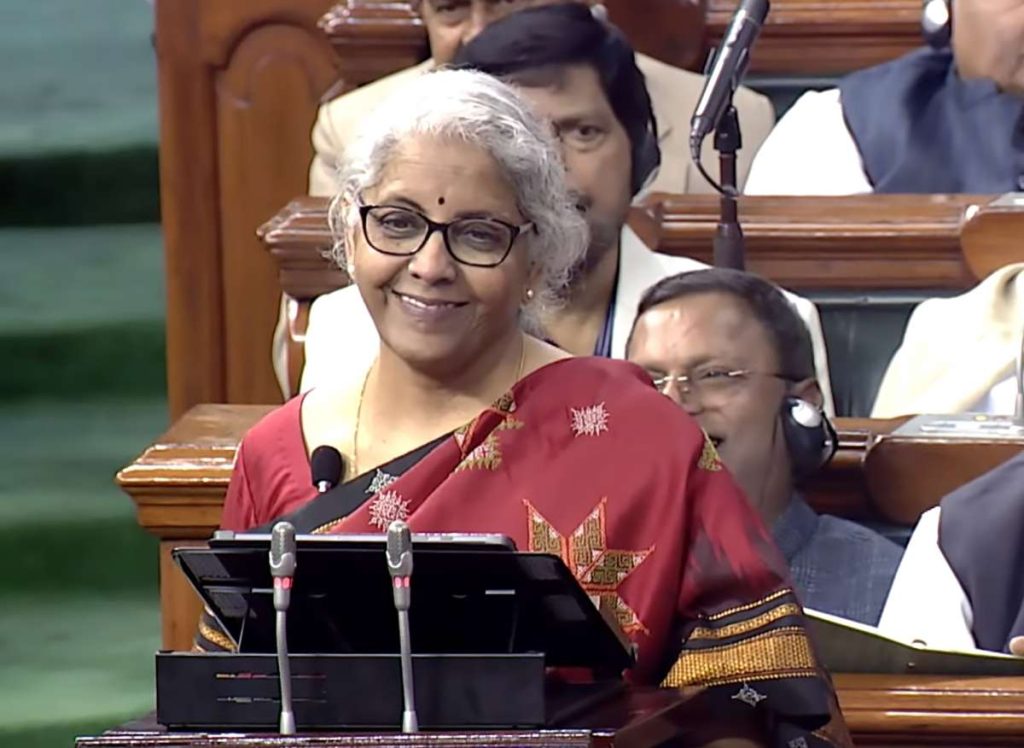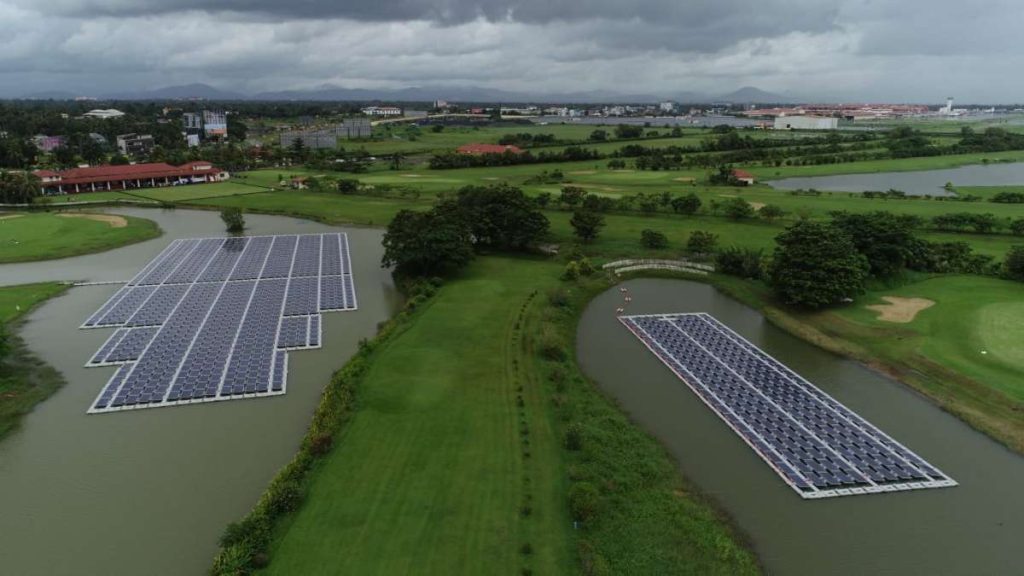While climate change headlines paint a grim picture, millennials are increasingly choosing action over anxiety, writes Apurv Modi
Millennials, the generation born between 1981 and 1996, are known for their tech-savvy, socially conscious, and future-oriented approach to life. But now, they’re adding another crucial element to their identity: sustainability. While climate change headlines paint a grim picture, millennials are increasingly choosing action over anxiety. We’re embracing a greener future, and that includes the energy powering our lives. But between navigating careers, relationships, and a rapidly changing world, where does one even begin with green energy?
Why Go Green?
Let’s be honest, climate change isn’t exactly “trending.” But beyond the headlines, it’s about building a healthy planet for us and future generations. And guess what? Green energy isn’t just good for the Earth; it’s good for your wallet. Renewable sources like solar and wind are becoming increasingly affordable, and the government even offers incentives for adopting them.
Beyond Buzzwords
So, you’re on board with the green idea, but the technical terms can sound like another language. Let’s break it down:
Renewable energy: Energy sources that naturally replenish, like solar, wind, geothermal, and hydropower. Think sunbeams powering your phone.
Sustainable energy: Meeting our energy needs without compromising the planet’s ability to meet future needs. Think efficiency and responsible consumption, not just switching sources.
Carbon footprint: The total amount of greenhouse gases our activities generate. Reducing this is key to combating climate change. Think of leaving a lighter footprint, literally and figuratively.
Empowering Your Choices: Practical Steps for a Greener Lifestyle
Knowledge is power, so here are some actionable steps to incorporate green energy into your life:
Switch to a green energy provider: Choose energy providers committed to renewable sources. Research options and make the switch!
Invest in energy efficiency: Invest in energy-efficient appliances with Energy Star labels. Your wallet and the planet will thank you.
Explore solar power: Consider installing solar panels on your home or supporting community solar projects. Rooftop sunlight can become your power plant.
Reduce your energy consumption: Every watt counts! Unplug unused electronics, embrace natural light, and air-dry dishes when possible. Small actions have a big impact.
Be a green influencer: Knowledge is power. Share your green energy journey with friends and family, inspiring them to join the movement.
The Role of Technology
Technology plays a pivotal role in the green energy revolution, and millennials are at the forefront of technological innovation. From blockchain-enabled energy trading platforms to smart grid technologies, millennials are leveraging digital tools to optimize energy efficiency and promote renewable energy adoption. Apps and online platforms provide millennials with information and resources to make informed choices about their energy consumption and support sustainable practices.
Educating and Empowering Future Generations
Millennials recognize the importance of education in fostering a culture of sustainability. They are actively involved in initiatives to educate young people about renewable energy and environmental conservation. Through school programs, workshops, and community outreach events, millennials are empowering future generations to embrace green energy solutions and become stewards of the planet.
Remember, going green is a marathon, not a sprint. Start small, celebrate your progress, and be part of the generation that powers a sustainable future. By embracing green energy solutions, we can collectively create a brighter tomorrow, not just for ourselves but for the planet we call home.
(Apurv Modi is the Managing Director & Co-Founder of ATechnos Group)
ALSO READ: When reel Captain Sharan met the real Captain Sharan










